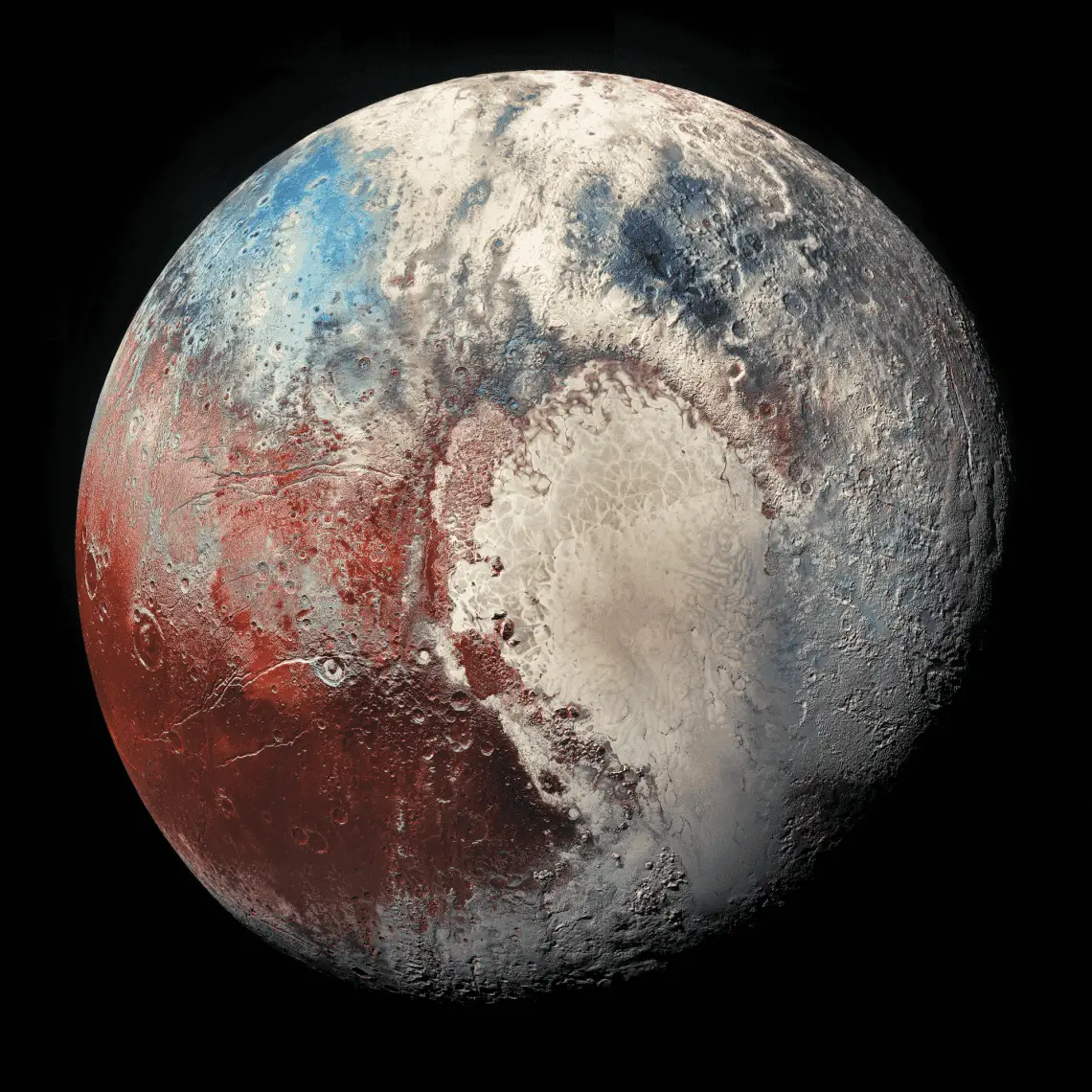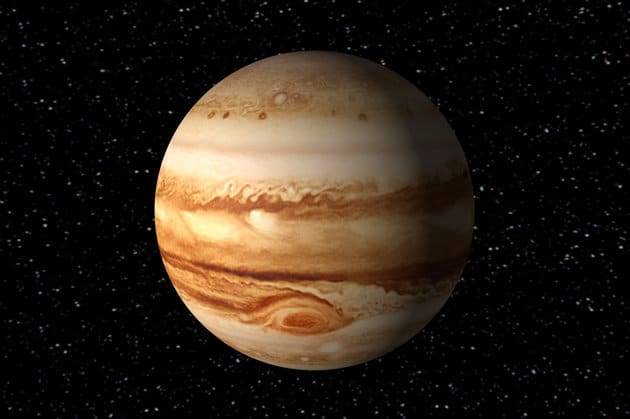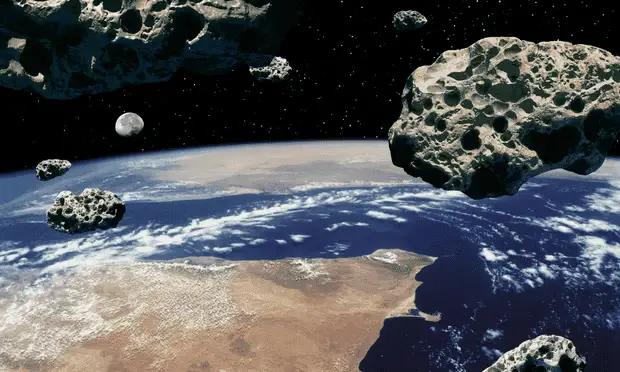Late at night, most people on Earth fall into peaceful dreams, but in the vast universe, one planet hides terrifying horrors. It is Pluto , a lonely and mysterious world, home to harsh environments unimaginable to humans at its surface temperatures.
Thank you for reading this post, don't forget to subscribe!Face the extremely low temperature environment on Pluto
Pluto, a distant and mysterious planet located at the edge of the Solar System, is considered one of the coldest objects in the Solar System, with its surface temperature remaining at minus 230 degrees Celsius year-round.
Compared to the warm and pleasant climate on Earth, Pluto’s extremely low temperatures provide a unique and brutal environment for the asteroid. It would be difficult for any living organism to survive in such conditions, and not even water could exist on Pluto’s surface. Its atmosphere is very thin, consisting mainly of nitrogen, methane and several other gases, and has almost no environment suitable for life.
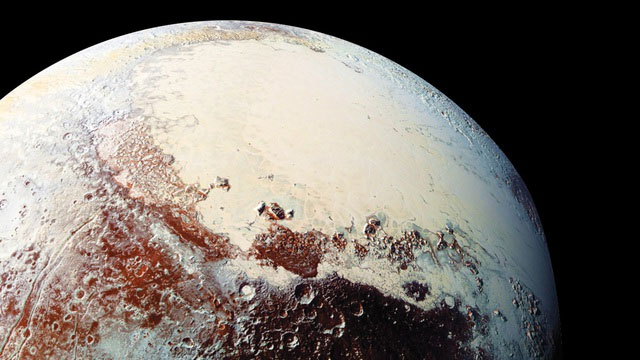
On this cold celestial body, everything looks cold and desolate. Pluto’s surface is made up of frozen nitrogen and methane ice, forming an ice sheet that stretches thousands of miles. These giant blocks of ice along the planet’s surface terrain form many different shapes, some like steep canyons, some like strangely shaped hills, they condense every trace of the planet.
What’s scary about Pluto isn’t just its coldness, it’s its eternal darkness . Because of Pluto’s distance from the Sun and the tilt of its orbit , the planet’s night can last decades on Earth, while day lasts only a few short hours.

Pluto is a completely dark world at night, with no stars, no moon, and no light source for humans to illuminate. Except for the weak rays of sunlight during the day, almost no other light can penetrate the thick layer of ice.
In addition to the cold and darkness, Pluto’s strong winds are also a part of this terrifying world. Although Pluto’s atmosphere is relatively thin, it still produces strong winds. Pluto’s surface terrain is almost completely unprotected, with no mountains or atmospheric shields to weaken the effects of the winds. In this environment, any wind moving across Pluto’s surface can blow things away with ease.
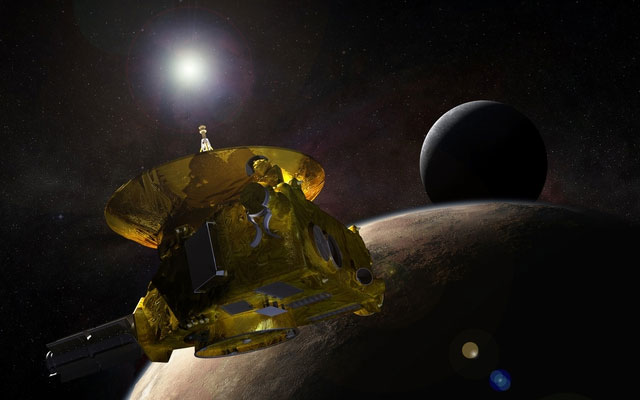
Unusually cold compared to other planets
Pluto’s surface temperature is about minus 230 degrees Celsius, an almost unimaginable number. For comparison, the average temperature on Earth’s surface is about 15 degrees Celsius. In other words, Pluto is 25 times colder than Earth! These extremely low temperatures make Pluto one of the coldest planets in our Solar System.
There are two main reasons why Pluto has unusually cold temperatures.
First , Pluto is so far away from the Sun that the Sun’s radiant energy is only about 1/10,000 of the energy that Earth receives. This means that Pluto’s surface has almost no energy supply to maintain warmth.
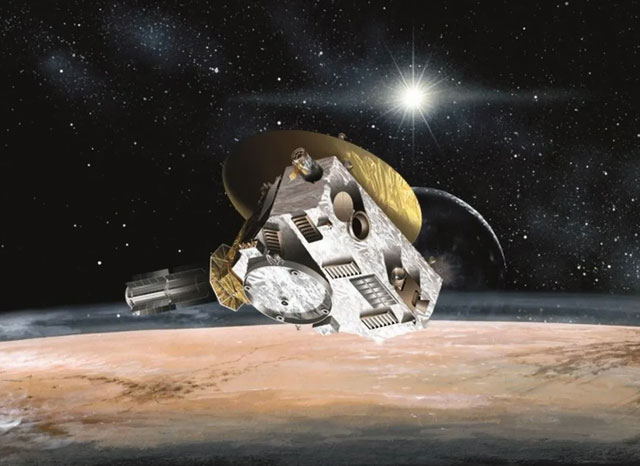
Second , Pluto’s atmosphere is very thin. This is in stark contrast to Earth, where the atmosphere is capable of retaining heat to a certain extent. However, Pluto’s atmosphere cannot absorb and store heat effectively, causing its temperature to continue to decrease.
In addition, Pluto’s extremely low surface temperature also comes from Pluto’s material composition . Pluto’s surface is mainly composed of ice rocks, and these ice rocks become extremely hard at extremely low temperatures, unable to absorb and store heat effectively.
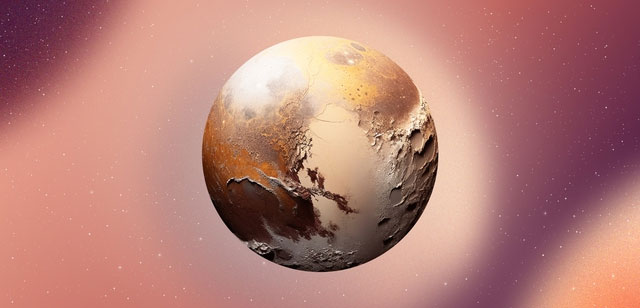
Influences physical and chemical processes on the planet
Pluto’s low-temperature environment has an important impact on the state, motion and phase transformation of matter. First of all, low temperatures turn most matter into the form of ice, including many different types of ice, such as water ice, ammonia ice, methane ice, etc. The presence of these ices makes the mechanisms of material flow and geological change on this planet very different from those on other planets. For example, the magma influx on Pluto may consist of liquid nitrogen or methane, rather than the same magma as on Earth.

Pluto’s low-temperature environment also has a huge impact on chemical reaction rates and equilibrium. Under low temperature conditions, the chemical reaction rate is slow and the reaction kinetics control the reaction process. Many common chemical reactions are nearly irreversible at Pluto’s surface temperatures.
Low temperatures also change the chemical stability and reaction pathways of substances. For example, under the low temperature and high pressure conditions on Pluto’s surface, the ice lattice structure can change and catalyze some specific chemical reactions, such as ice breakdown and gas condensation. These unique chemical processes provide valuable information for studying the planet’s physical composition and evolution.
These unique physical properties and reactions allow us to understand Pluto more comprehensively and provide important clues to our study of the diversity of planets and planetary systems.

